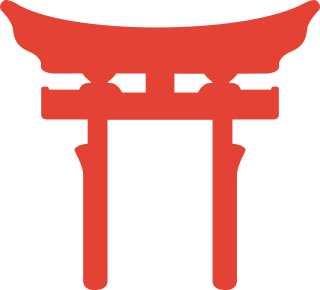 W
WAmamikyu , or Amekushin-otome-ōankami (天久臣乙女王御神), is the creation goddess of the Ryukyu Islands in the Ryukyuan religion.
 W
WHimiko , also known as Shingi Waō , was a shamaness-queen of Yamatai-koku in Wakoku (倭国). Early Chinese dynastic histories chronicle tributary relations between Queen Himiko and the Cao Wei Kingdom (220–265) and record that the Yayoi period people chose her as ruler following decades of warfare among the kings of Wa. Early Japanese histories do not mention Himiko, but historians associate her with legendary figures such as Empress Consort Jingū, who was regent in roughly the same era as Himiko.
 W
WItako , also known as ichiko (市子) or ogamisama (オガミサマ), are blind women who train to become spiritual mediums in Japan. Training involves severe ascetic practices, after which the woman is said to be able to communicate with Japanese Shinto spirits, kami, and the spirits of the dead. Itako perform rituals tied to communication with the dead and divination. The practice has been on the decline, with only 20 living itako in Japan, all more than 40 years old.
 W
WKo-Shintō (古神道) refers to the original animism of Jōmon period Japan which is the alleged basis of modern Shinto. The search for traces of Koshintō began with Restoration Shinto in the Edo period. Some movements which claim to have discovered this primeval way of thought are Oomoto, Izumo-taishakyo.
 W
WA miko , or shrine maiden, is a young priestess who works at a Shinto shrine. Miko were once likely seen as shamans, but are understood in modern Japanese culture to be an institutionalized role in daily life, trained to perform tasks, ranging from sacred cleansing to performing the sacred Kagura dance.
 W
WNoro are priestesses of the Ryukyuan religion at Utaki. They have existed since at least the beginning of the Gusuku Period and continue to perform rituals even today. They are distinct from yuta (psychics), but are classified as kaminchu.
 W
WThe Ryukyuan religion (琉球信仰), Ryūkyū Shintō (琉球神道), Nirai Kanai Shinkō (ニライカナイ信仰), or Utaki Shinkō (御嶽信仰) is the indigenous belief system of the Ryukyu Islands. While specific legends and traditions may vary slightly from place to place and island to island, the Ryukyuan religion is generally characterized by ancestor worship and the respecting of relationships between the living, the dead, and the gods and spirits of the natural world. Some of its beliefs, such as those concerning genius loci spirits and many other beings classified between gods and humans, are indicative of its ancient animistic roots, as is its concern with mabui (まぶい), or life essence.
 W
WUshi-no-Toki-Mairi or ushi no koku mairi (丑の刻参り) refers to a prescribed method of laying a curse upon a target that is traditional to Japan, so-called because it is conducted during the hours of the Ox. The practitioner—typically a scorned woman—while dressed in white and crowning herself with an iron ring set with three lit candles upright, hammers nails into a sacred tree of the Shinto shrine. In the modern-day common conception, the nails are driven through a straw effigy of the victim, impaled upon the tree behind it. The ritual must be repeated seven days running, after which the curse is believed to succeed, causing death to the target, but being witnessed in the act is thought to nullify the spell. The Kifune Shrine in Kyoto is famously associated with the ritual.